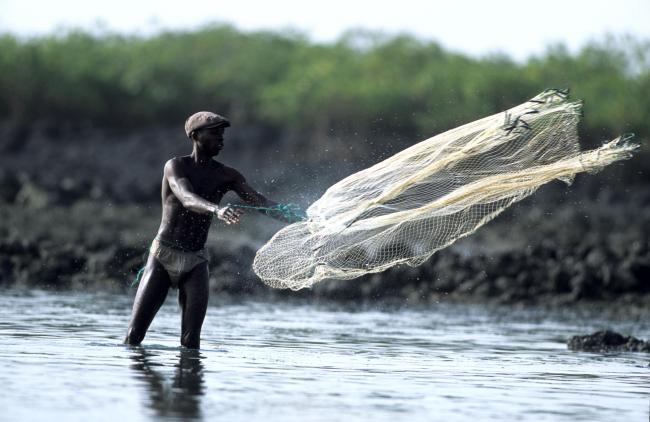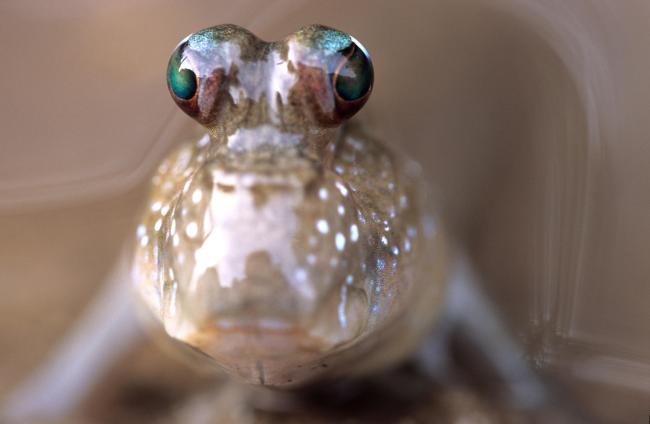Archipel Bolama-Bijagós
Archipel Bolama-Bijagós
- Country:
- Guinea-Bissau
- Site number:
- 2198
- Area:
- 1,046,950.0 ha
- Designation date:
- 14-01-2014
- Coordinates:
- 11°14'20"N 16°02'26"W
Carousel
CarouselMaterials presented on this website, particularly maps and territorial information, are as-is and as-available based on available data and do not imply the expression of any opinion whatsoever on the part of the Secretariat of the Ramsar Convention concerning the legal status of any country, territory, city or area, or of its authorities, or concerning the delimitation of its frontiers or boundaries.
Archipel Bolama-Bijagós. 21/01/14; Bolama Region; 1,046,950 ha; 11°14’N 16°02’W. Biosphere Reserve. The archipelago has the only active delta islands in the Atlantic Coast of West Africa. The intertidal mudflats host one of the largest populations of migratory shorebirds in the world (with over 870,000 recorded in 2001) on the East Atlantic flyway. Visitors include the Eurasian Curlew (Numenius arquata), Curlew Sandpiper (Calidris ferruginea), Eurasian Oystercatcher (Haematopus ostralegus) and Red Knot (Calidris canutus). The influence of coastal upwelling and estuaries and the large areas of mangrove support the reproduction and early growth of a large number of fish species. The site hosts the largest colony of green turtles (Chelonia mydas) in Africa, and provides a habitat for over 15 vulnerable species including the Hippopotamus, West African Manatee (Trichechus senegalensis), Timneh Parrot (Psittacus timneh), Atlantic Humpbacked Dolphin (Sousa teuszii), Leatherback Turtle (Dermochelys coriacea) and Green Turtle (Lepidochelys olivacea). The archipelago is also a source of livelihoods for over 32,000 inhabitants, who use some areas for rice farming, palm plantations and subsistence fishing, and the others for cultural and spiritual purposes. The main threats facing the site are overfishing, tourism and ongoing offshore oil exploration and bauxite mining in the neighbouring regions. Ramsar Site no. 2198. Most recent RIS information: 2014.
Administrative region:
Bolama Region
Global international designation:
- World Heritage site
- UNESCO Biosphere Reserve
National legal designation:
- National Park - Parc national des îles d’Orango et du Parc national marin João Vieira-Poilão
- Protected Area - l’Aire Marine Protégée Communautaire des îles Urok
Last publication date:
14-01-2014
Ramsar Information Sheet (RIS)
- GW2198RIS.pdf
- GW2198map2014.pdf
- GW2198_taxo160913.docx
- GW2198_taxo160913_1.docx
Site map
Additional reports and documents
Taxonomic lists of plant and animal species occurring in the site
Other published literature














